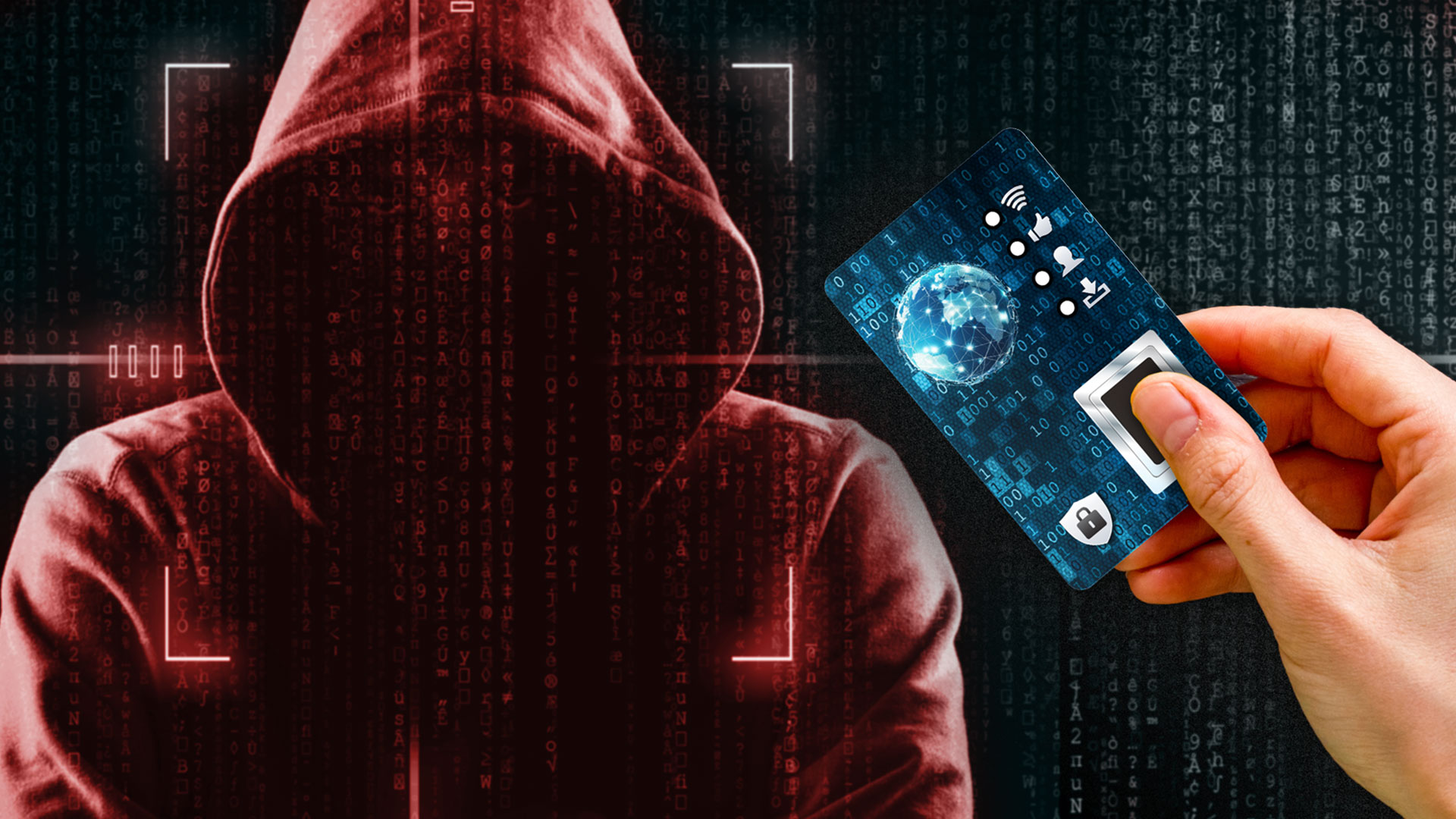- Humans – The Primary Attack Surface
- Human Tendencies Criminals Exploit
- How a Person-Bound Biometric Card Changes the Equation
- Samples of Attacks Eliminated or Dramatically Reduced
- Enabling Strong Governance and Resilience
- Conclusion
- Frequently asked questions
How criminals exploit human behavior, and how a person-bound mandatory, multifunction card prevents it.
Humans – The Primary Attack Surface
Most successful cybercrime is not technical — it is psychological. Attackers exploit trust, urgency, convenience, and social norms to trick people into handing over access. Passwords, phones, recovery emails, helpdesks, and override procedures all rely on human behavior, which is naive, inconsistent, corruptible, and coercible. Defense must therefore try and remove exploitable human elements. A mandatory, person-bound, multifunctional Biometric System-on-Card dramatically contributes to this by binding digital identities and credentials with strong biometric user authentication to the living individual — not to secrets they know or devices they carry.
Human Tendencies Criminals Exploit
Criminals use authority bias, urgency, social proof, convenience shortcuts, optimism bias, and helpfulness to drive harmful actions. These vulnerabilities enable phishing, insider coercion, bribery, credential resets, SIM takeover and fake identity issuance to name a few. Any system that allows secrets to be transferred or access to be reset by humans remains fundamentally exploitable.
How a Person-Bound Biometric Card Changes the Equation
A government-grade biometric APPSCARD type credential stores credentials and cryptographic keys inside tamper-resistant hardware and unlocks them only with the user’s live biometric. No password, PIN, phone number, or external secret exists to steal. The card performs biometric capture, processing, matching and decision internally, signs non-replayable assertions, and provides auditable, cryptographic proof of identity and intent. There are no human-operated reset shortcuts: recovery requires in-person, multi-party verification.
Samples of Attacks Eliminated or Dramatically Reduced
- Password theft, reuse, and credential stuffing: eliminated (no passwords).
- SIM-swap, SMS-MFA hijack, phone takeover: eliminated (authentication not device-based).
- Card cloning and buddy-punching: eliminated (biometric bound to person).
- Helpdesk reset fraud, MITM session hijack, and phishing for credentials: significantly reduced (no transferable secrets to capture).
- Insider collusion becomes detectable, coercion becomes higher-cost, and synthetic identities are prevented through supervised enrollment and de-duplication.
Enabling Strong Governance and Resilience
Multi-approver workflows, context-bound authorizations, duress signalling, tamper evidence, and cryptographic audit trails transform identity systems from trust-based to verification-based. High-risk actions require multiple independently authenticated individuals, reducing insider threat and espionage risk.
Conclusion
Rather than ask humans to be perfect, this architecture removes many human weaknesses exploited by attackers. A mandatory, person-bound biometric smartcard shifts identity systems from fragile and human-dependent to verifiable, tamper-resistant, and resilient by design.





